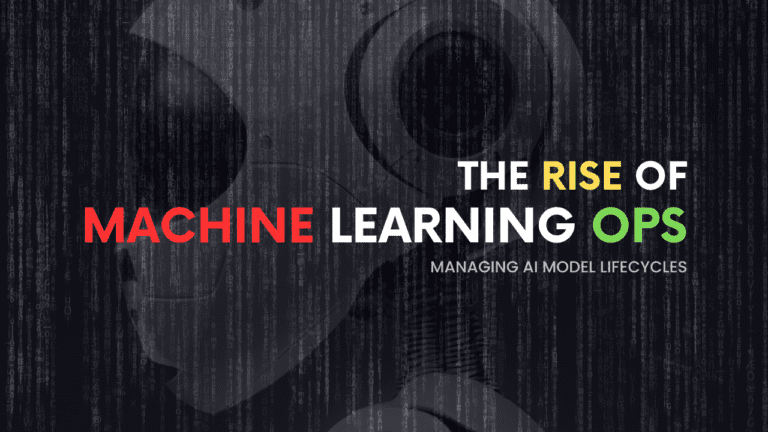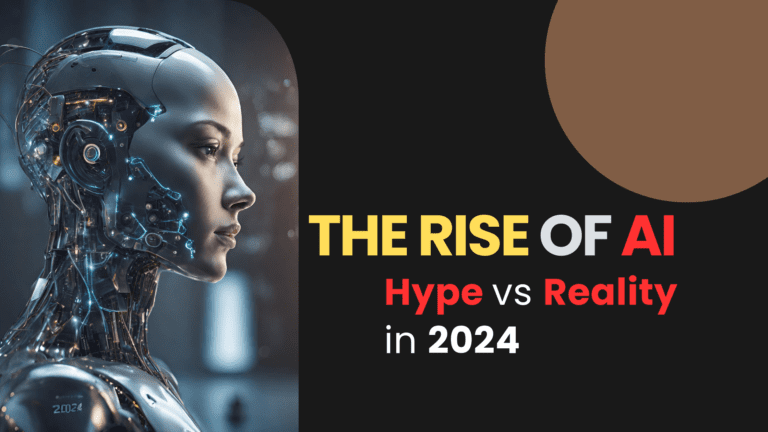3 Food Tech Innovations Addressing Global Hunger Crisis

Despite immense global wealth creation this century, nearly 10% of the world population still faces chronic food insecurity – greatly exacerbated since the pandemic and the Russian invasion of Ukraine effectively disrupted global agriculture powerhouses.
But an encouraging wave of sustainable food production startups leveraging IoT sensors, indoor vertical farming, micro-biome sciences, and even nuclear energy show genuine promise in nourishing communities most impacted by supply shocks.
Let’s analyze three food tech segments aiming to democratize access through innovation rather than charity alone:
Indoor Urban Vertical Farms
Startups like Infarm, Bowery Farming, and Plenty tap modular vertical growing infrastructure and IoT sensors to cultivate pesticide-free fresh produce year-round within cities themselves – eliminating supply chain waste and slashing costs from farm to table.
These “plant-scrapers” can grow 500 times more produce on the same urban land footprint vs traditional methods thanks to vertical stacks and climate-controlled chambers optimized for each crop. Global VC funding into these farms exceeded $500 million in 2021 as production partners include retail giants like Kroger and Albertsons.
The indoor model also makes organic cultivating feasible at the economy of scale previously impossible while vertical mobility container farms from the likes of Еat JUST or Babylon Microfarms distribute modular farms to refugee camps and desert villages lacking agriculture land to spur micro-economy resilience.
Microbial and Cellular Agriculture
Startups like Perfect Day Foods, Nature’s Fynd, and Atlast Food are tapping the micro-biology advances of industrial biotech to formulate varied protein-rich nutritious foods grown via microbial fermentation or cellular agriculture in sterile bioreactors.
This futuristic process recently allowed Perfect Day to create real milk proteins through yeast fermentation that then craft lactose-free milk and ice cream without a single cow involved!
Besides sustainability without soy/grain dependency, such innovations allow nutrition fortification absent in traditional protein sources giving precision control over ingredients.
As the processes keep getting cheaper, microbe-grown foods could overhaul global diets the way plastics disrupted manufacturing chains once fractional distillation of oil became economical.
Nuclear and Renewable Energy Partnerships
Low-cost desalination enabled by nuclear and renewable energy sources also holds great potential to quench potable water shortages hindering agriculture in water-stressed regions to cost-effectively irrigate crops.
Russia’s state-owned Rosatom recently began building such a desalination plant in Ghana powered by a floating nuclear reactor. Startups like Desolenator use solar farms to power deal rigs already delivering thousands of liters of fresh water per day to arid Indian villages lacking groundwater – opening doors for resilient crop cultivation sans rainfall dependency.
Such zero-carbon energy sources driving desalination, vertical indoor farms, and cellular agriculture at scale portend a future where communities most vulnerable to climate-induced agriculture volatility can find relief through innovations once considered too expensive for mass adoption in the developing world.
Systemic Change, Not Just Charity
Since solving hunger isn’t just about growing food but rather enabling self-sufficiency and micro-economy vitality for the marginalized, cross-sector partnerships with NGOs help optimize the deployment and adoption of such technologies.
For instance, efforts like GrowIn India leverage modular container farms with 100+ crop varieties powered by solar microgrids and IoT analytics to help rural communities not only feed themselves but boost incomes 5x by selling surplus produce driving positive systemic change.
Therefore global organizations like the World Economic Forum hasten ecosystems supporting such sustainable food tech innovation pairing both high science and aid groups towards empowering those populations left farthest behind rather than mere charitable food delivery alone. Solving global hunger this decade requires collective and orchestrated efforts across sectors to uplift communities out of cyclic poverty traps
Government Support Around Innovation Policy
Thankfully governments are also recognizing agriculture tech’s bountiful potential by funding innovation research clusters, subsidizing clean electrification costs for indoor farms, and spreading broadband infrastructure enabling precision agriculture leveraging predictive data.
Singapore’s 30 by 30 goal to produce 30% of its nutritional needs locally using high-tech urban vertical farms and microbial conversion by 2030 manifests the government’s commitment to food tech needed globally. Similar innovation clustering frameworks accelerating partnerships like Israel’s agri-food tech Hub program also provide policy templates to emulate.
Sustainability Powered by Innovation
With the global population crossing 8 billion people this decade, traditional production scale constraints necessitate urgent technology breakthroughs to ensure equitable food access without exhausting planetary resources further. Our civilizational resilience depends on it.
Thankfully sci-fi sci-fi-sounding solutions once dismissed as too complex or expensive already materialize rapidly from microbes in bioreactors simulating milk proteins to vegetables nourished by perfect wavelengths of light several floors underground. And nuclear reactors may yet power limitless crop fields in the deserts through desalination.
Such sustainable food production models can uplift marginalized populations worldwide beyond malnutrition through nourishing self-sufficient micro-economies resilient to external shocks. While still early stage, rapidly declining costs for computation, genome sequencing, and renewable electrification provide grounds for optimism that science can overcome scarcity mindsets.
After all, hungry people don’t need short-term sympathy as much as long-term symbiotic partnerships benefiting communities and corporations collectively. The tools are emerging at last to government and business leaders wise enough to deploy them.
Read More:






